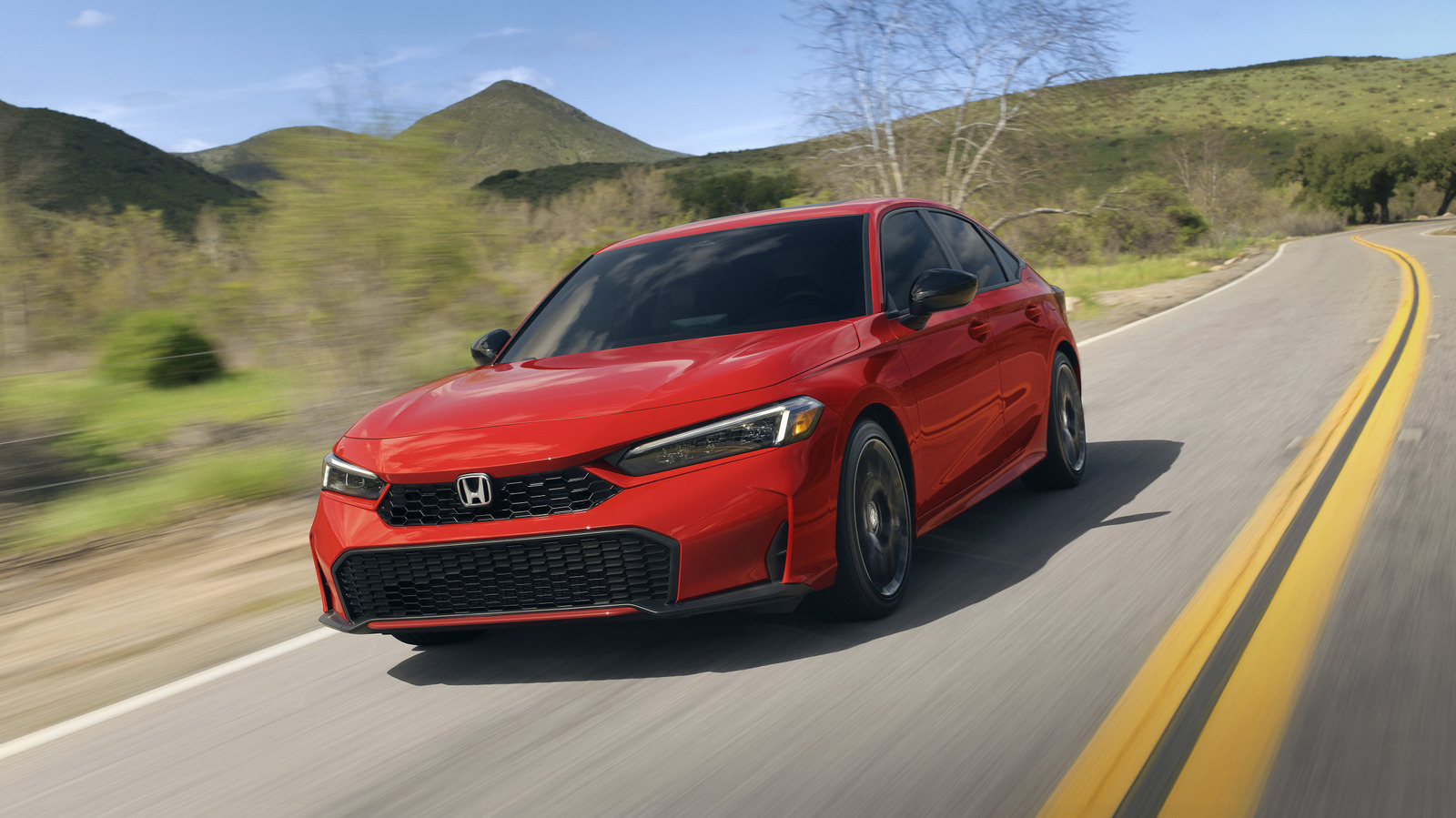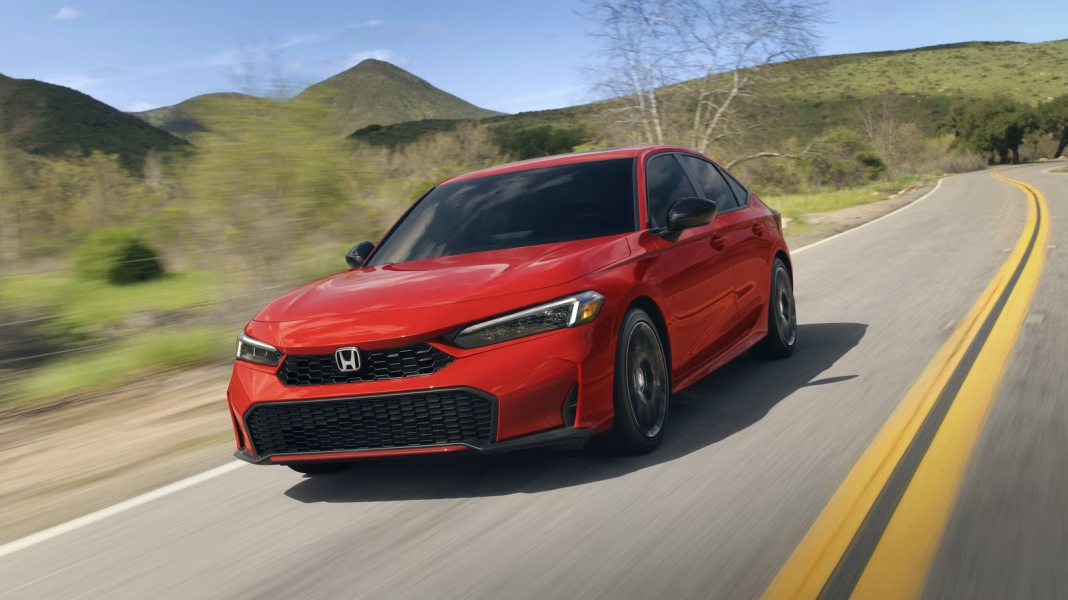Why Are Most Affordable Cars in the US Imports?
If you’ve shopped for a new car lately, you might have noticed something surprising: nearly every brand-new vehicle under $30,000 comes from outside the United States. In fact, recent data shows that 92 percent of new cars sold in this price range are imports. So, what’s behind this trend, and what does it mean for American drivers?
What’s Driving the Shift Toward Imported Cars?
Let’s get real—building cars isn’t cheap, especially in the U.S. Labor costs, regulatory requirements, and supply chain hiccups all add up. Automakers based overseas, particularly in countries like South Korea, Japan, and Mexico, have found ways to keep costs down. They benefit from lower wages, streamlined production, and sometimes even government incentives. The result? They can offer feature-packed vehicles at prices that American manufacturers struggle to match.
Take Hyundai and Kia, for example. These brands have become household names by delivering reliable, stylish cars at wallet-friendly prices. Toyota and Honda have done the same for decades. Meanwhile, American automakers have shifted their focus to larger, higher-margin vehicles like SUVs and trucks, leaving the affordable sedan and compact market wide open for imports.
How Do Tariffs and Trade Policies Affect Car Prices?
Tariffs are a hot topic whenever car prices come up. In theory, tariffs are supposed to protect domestic manufacturers by making imported goods more expensive. But here’s the twist: many foreign automakers have set up shop in North America, building cars in Mexico or Canada to avoid the steepest tariffs. Others simply absorb the extra cost or pass it on to consumers, but thanks to their efficient operations, they can still undercut U.S. brands.
It’s a bit of a double-edged sword. While tariffs might help a few domestic factories, they can also drive up prices for everyone—especially for buyers looking for a deal. According to the Center for Automotive Research, even a modest increase in tariffs could raise the average price of a new car by $1,000 or more. That’s a tough pill to swallow if you’re already stretching your budget.
Are American Automakers Giving Up on Affordable Cars?
It might feel that way, but it’s more about strategy than surrender. Ford, General Motors, and Stellantis (formerly Fiat Chrysler) have all trimmed their lineups, discontinuing small sedans like the Ford Focus and Chevrolet Cruze. Why? Americans have fallen head over heels for SUVs, crossovers, and trucks. These vehicles bring in bigger profits and match what buyers want.
But there’s a catch. By focusing on larger vehicles, domestic brands have left a gap in the market for affordable, fuel-efficient cars. Imports have swooped in to fill that void. It’s not that American companies can’t build cheap cars—it’s that they’ve chosen not to, at least for now.
What Does This Mean for Your Next Car Purchase?
If you’re shopping for an affordable new car, expect to see a lot of badges from Toyota, Honda, Hyundai, Kia, and Nissan. These brands dominate the under-$30,000 segment, offering everything from compact sedans to small SUVs. You’ll still find the occasional American option, but they’re few and far between.
The good news? Competition keeps prices in check and pushes everyone to offer better features and reliability. The bad news? If tariffs rise or supply chains get disrupted, those affordable options could dry up fast.
Is There Hope for More Affordable American Cars?
Never say never. Some industry experts believe that as electric vehicles become cheaper to produce, American automakers might re-enter the affordable segment. There’s also talk of new trade deals or manufacturing innovations that could level the playing field. But for now, imports have the upper hand when it comes to value.
The big takeaway? Finding a new car under $30,000 isn’t about chasing the perfect brand—it’s about making smarter choices in a changing market. Start by comparing what’s out there this week, and you’ll likely spot the difference in your options by month’s end.


